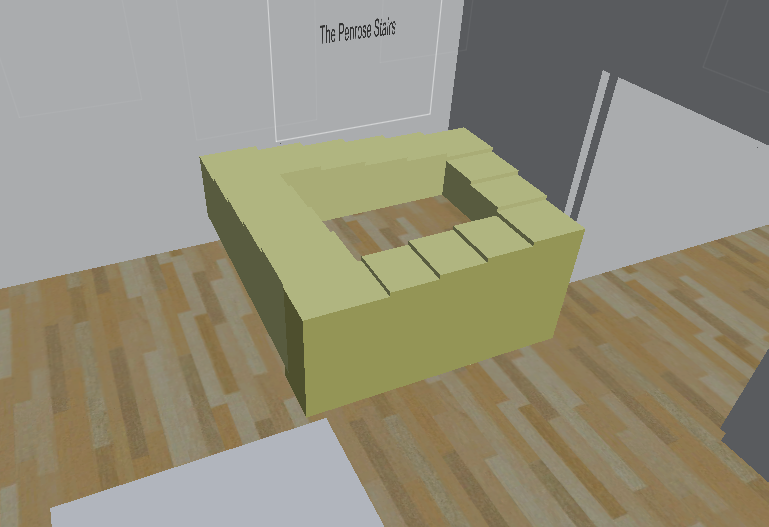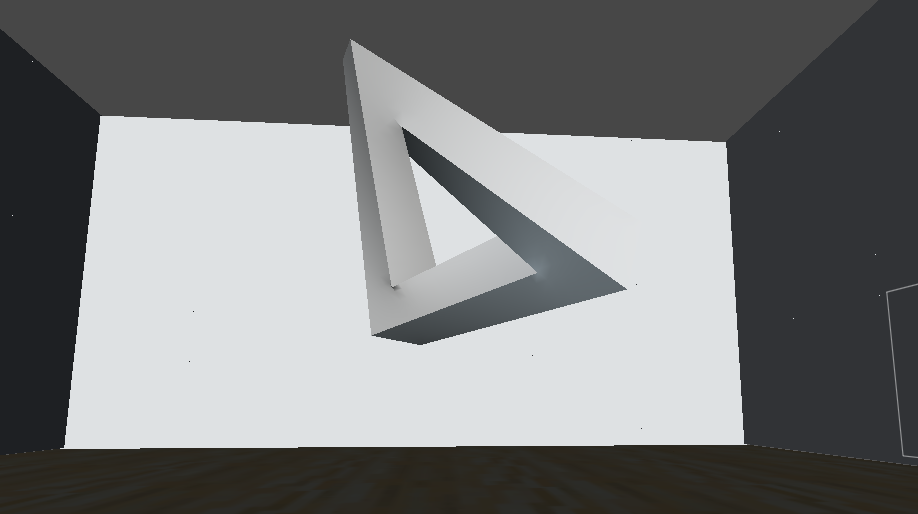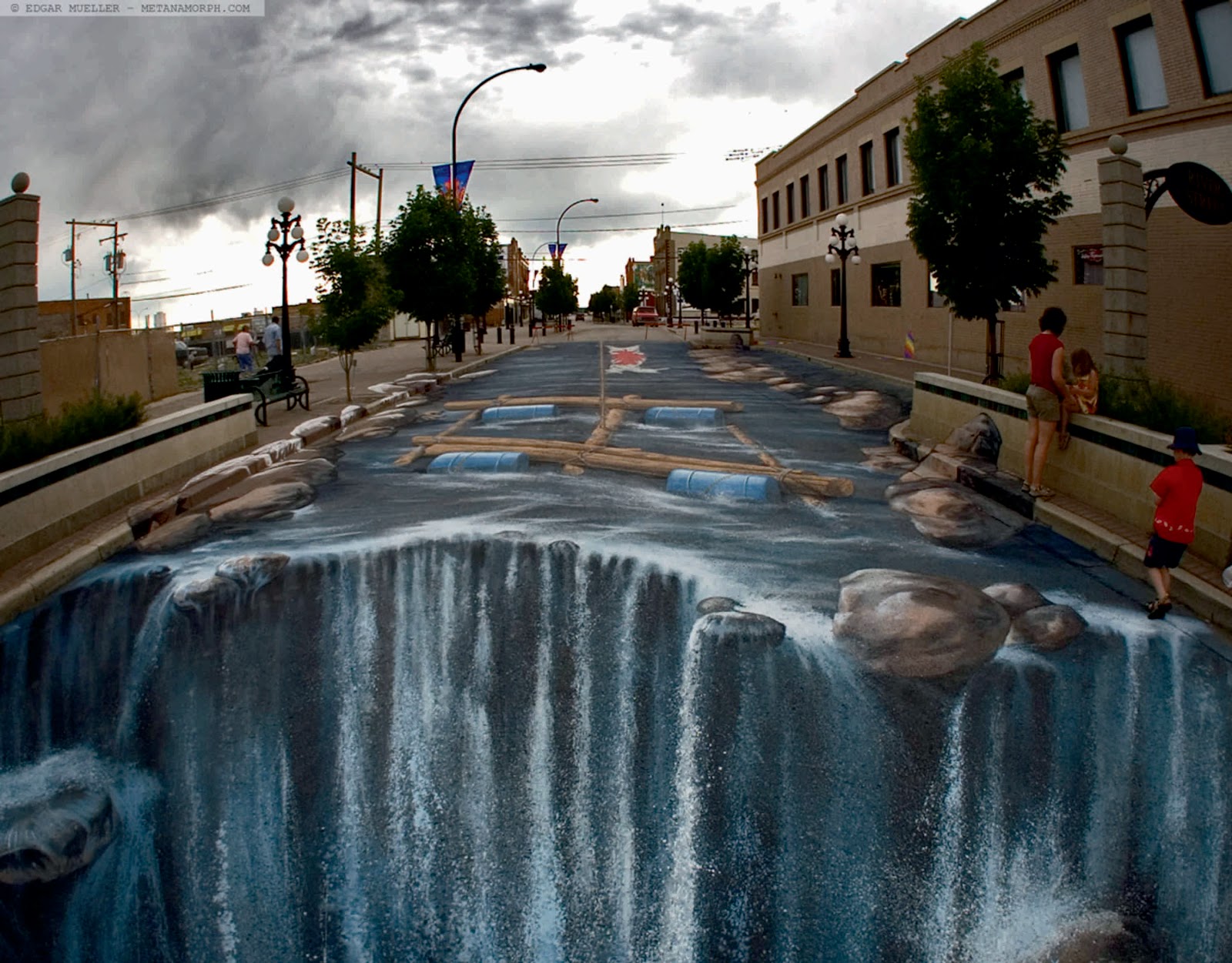CS 498sl Virtual Reality - The Illusion Museum
By Nishant Nayudu and Rachit Nandwani
Project Idea
Our project idea was to create an illusion museum in a Virtual Reality Environment. The museum would include 2-D optical illusions as well as famous 3-D optical illusions. Due to physical limitations in the real world, it is not that easy to dedicate space for a museum filled with optical illusions. We felt that it would be a great VR experience to view these optical illusions.
What are the exhibits?
The user starts off in a corner of the museum with the greeting "Welcome to the Illusion Museum". They are then free to roam around and explore the various exhibits of the museum.

The 2-D Illusions
This exhibit contains 5-6 2d optical illusions that the user can interact with. The user can press either the keyboard Y or the gamepad controller B to interact with these illusions to find what is hidden. These are classic illusions that sometimes do not work in VR.

Stereoscopic Wheel Illusion
This exhibit displays the stereoscopic rotation effect. When the wheel moves very fast, the user observes its rotation to change direction. The user can interact with the wheel by pressing the keyboard T / Y or gamepad A / B to speed up / slow down the wheel.

The Necker Cube
This is a 3-D illusion that depicts the impossible cube object. The user can teleport to a viewing platform by pressing the keyboard T or gamepad A. This viewing platform allows for easy view positioning to see the cubes illusion. The Necker Cube is a cube where it is hard to distinguish adjacent edges from each other such that they form an impossible polygon.

The Penrose Stairs
This 3-D illusion depicts the impossible Penrose Stairs. The user can again teleport to a viewing platform as before and observe the illusion.

The Penrose Triangle
This 3-D illusion depicts the impossible Penrose Triangle. This object is continuously rotating so that the user can view the illusion. The user can stop the rotation by pressing the keyboard T or gamepad X. They can then observe the illusion and the actual 3-D object that makes this illusion work.

Technical Challenges
When we started with this project we had to figure out what made it so novel. Any 3-D rendering in a non VR environment would also fulfill the purpose of our project. We created a modular environment with museum like lighting to make the experience as close to that of a real museum as possible. We used this lightning to create 3-D effects that are hard to visualize in a non VR environment. The result was a stunning optical illusion exhibit.
Another technical challenge was presenting the viewer with the 3-D optical illusions. Do we make the illusions move with the camera or do we teleport the user to a viewing platform? It was hard to implement the illusions to move with the camera so we decided to teleport to user to a pre-decided viewing position and angle that allowed observation of the illusion.
Oculus Best Practices Followed
All readable text is within 1/3 of the viewing screen of the user. Our project does not strain the users eyes even though it is basically a maze of optical illusions. We provide the user with a calm, ambient environment with tactile input support for maximum comfort.
Unfortunately, We did not implement a sufficient method to exit the viewing platforms besides jumping off. This is a very bad procedure as sudden drops can cause extreme nausea and even motion sickness in some situations.
Future Work
There is definitely a scope to add anamorphic images. These are images that appear 3-D when viewed from a plane slightly higher than the ground, but are actually elongated 2-D objects on the floor. Here is a common example of 3-D Street Art that employs this concept.

There is also room for bug fixes. Nausea bugs need to be fixed and the gamepad key bouncing needs to be removed.